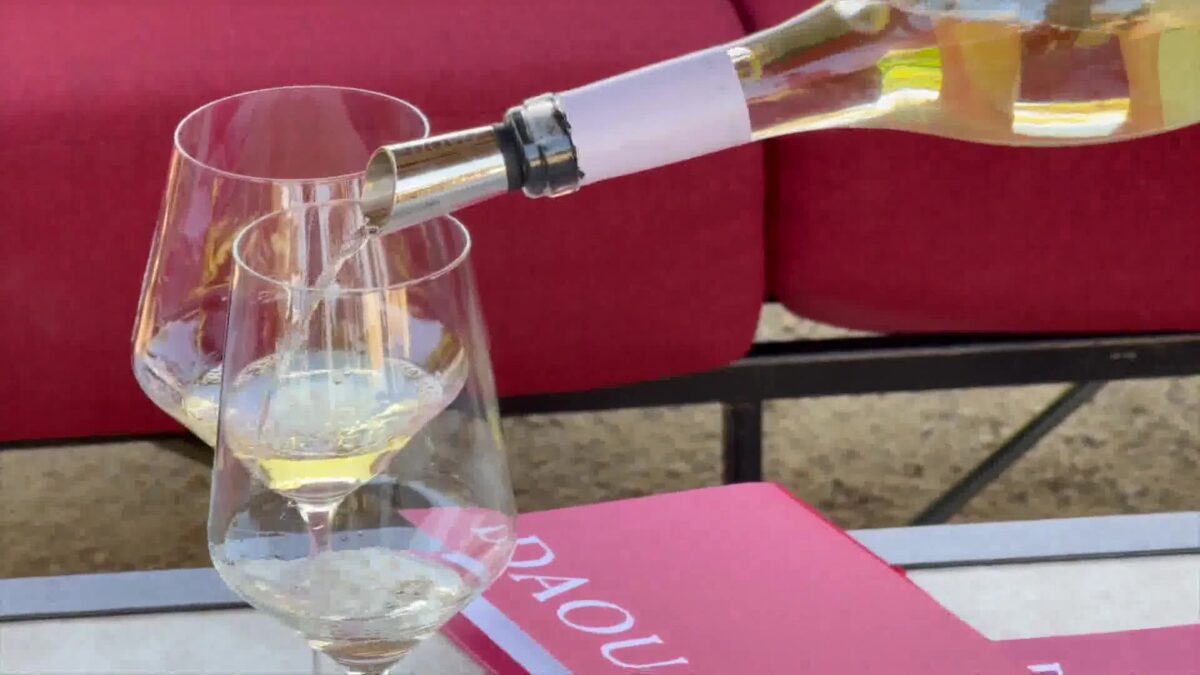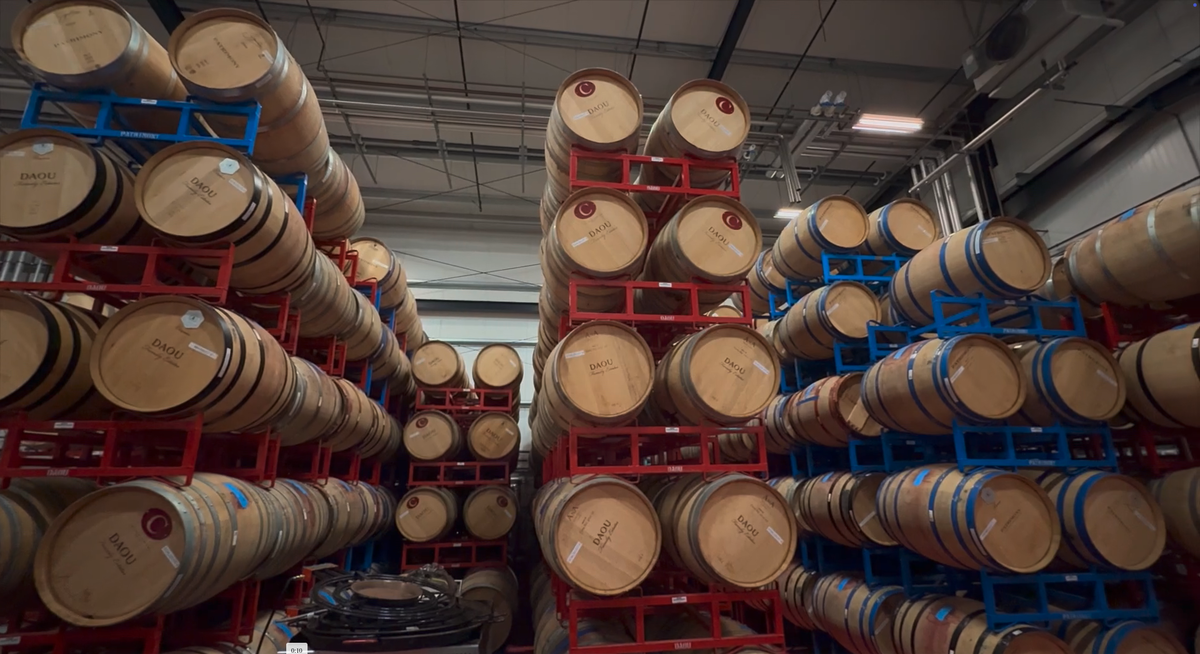How Heat Impacts Wine Flavor and Harvest in San Luis Obispo County

Evan Vega
PASO ROBLES, Calif. – Winemakers at DAOU Winery in Paso Robles, like Mikee Mott, closely monitor local climate patterns each year to guide their harvest strategies.
“As much as a little rain is good, when you have that much rain all at once, it doesn’t go into the ground and provide that deep water we need for the grapes,” said Mott.
Wine grapes have surpassed strawberries as San Luis Obispo County’s top crop, according to the county’s 2024 Crop Report. The region’s vineyards generated more than $270 million in gross value last year, signaling a continued rise in the area’s winemaking influence.
 DAOU Winery in Paso Robles
DAOU Winery in Paso Robles
Mott described the ideal growing season as one that begins with a mild, wet spring, followed by a warm summer and fall—key conditions for developing a wine’s flavor profile.
“In a vintage that has a lot of water, you’re going to see fewer aromas and flavors in that wine. It’s going to be a lot more diluted. It definitely dilutes the sugar, the flavor—everything in that wine. On really hot days, it can stop sugar production, so it’s not as sweet and has less alcohol, but it can also create more cooked fruit flavors,” Mott said.
Temperatures above 95 degrees can be too hot for grapes, halting ripening and affecting quality. However, DAOU’s vineyards sit at elevations above 2,000 feet, allowing for cooler nights and broader temperature swings. That high-altitude climate helps preserve acidity and balance, even during extreme heat.
 Wine barrels at DAOU Winery
Wine barrels at DAOU Winery
Experts say long-term shifts in climate—especially more intense heat waves and irregular rainfall—are prompting many Central Coast wine growers to adjust irrigation, canopy management, and harvest timing.
Paso Robles has become one of California’s most dynamic wine regions, known for bold reds like Cabernet Sauvignon and Rhône-style blends. While Napa Valley maintains international recognition, Paso’s rapid rise in quality and production has positioned it as a leader in the state’s wine economy.
The region’s wine boom is also fueling a broader tourism surge. Vineyard visits, tasting rooms, and wine festivals now make up a major part of the local economy, supporting jobs in agriculture, hospitality, and retail.